Home>Gardening & Outdoor>Landscaping Ideas>What Is The Best Lawn Grass Fertilizer
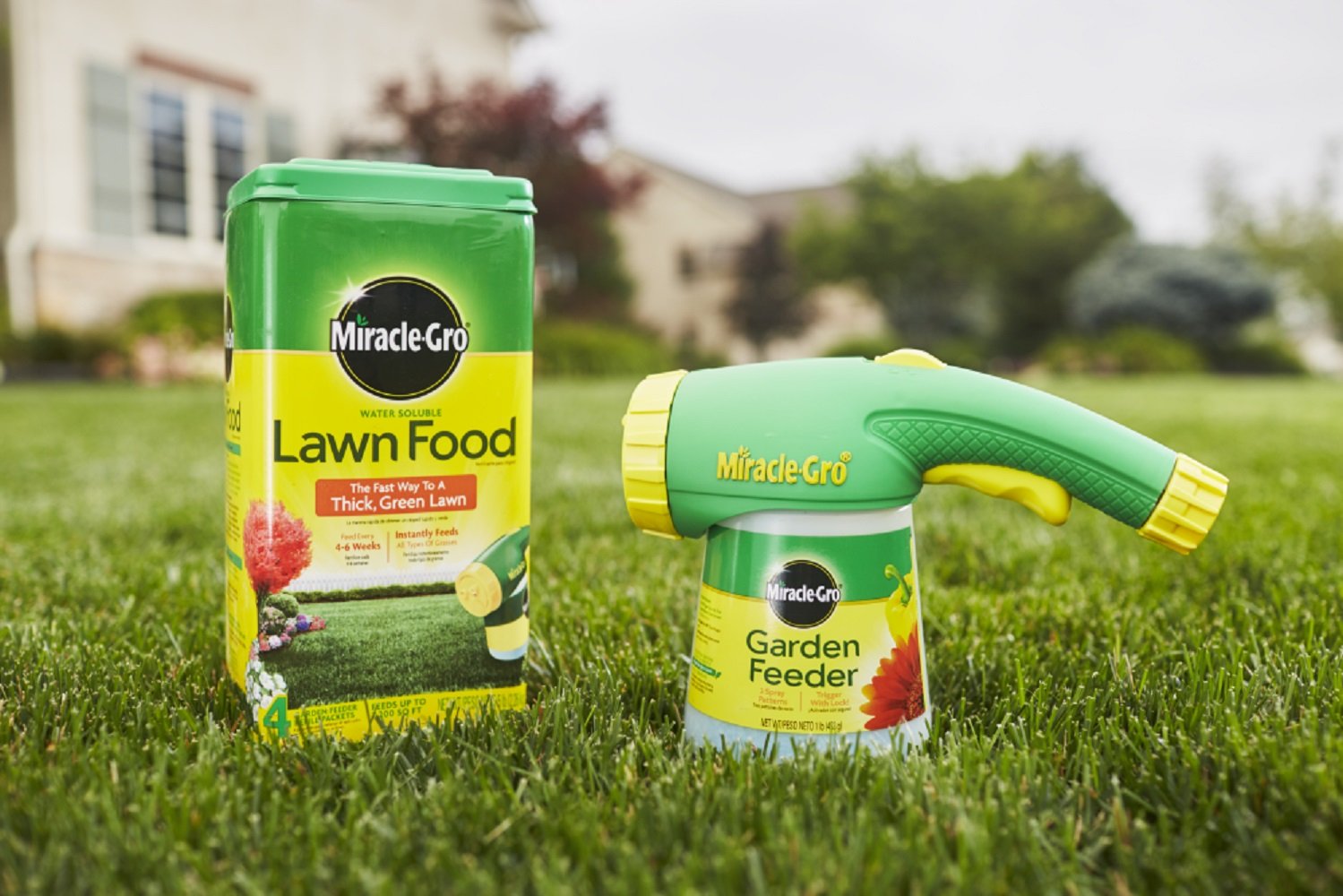

Landscaping Ideas
What Is The Best Lawn Grass Fertilizer
Modified: March 27, 2024
Discover the best lawn grass fertilizer for your landscaping ideas. Find the perfect solution to achieve a lush, healthy lawn.
(Many of the links in this article redirect to a specific reviewed product. Your purchase of these products through affiliate links helps to generate commission for Storables.com, at no extra cost. Learn more)
Introduction
Maintaining a lush, vibrant lawn requires more than just regular mowing and watering. One of the key factors in achieving a healthy and beautiful lawn is the application of the right fertilizer. Lawn grass fertilizer provides essential nutrients that promote growth, strengthen roots, and enhance the overall resilience of the grass. However, with a multitude of options available in the market, choosing the best lawn grass fertilizer can be a daunting task for many homeowners and garden enthusiasts.
Selecting the most suitable fertilizer for your lawn involves understanding the specific needs of your grass, considering environmental factors, and evaluating the different types of fertilizers available. By delving into the world of lawn grass fertilizers, you can unlock the secrets to nurturing a thriving and verdant lawn that becomes the envy of the neighborhood.
In this comprehensive guide, we will explore the nuances of lawn grass fertilizers, including the various types, factors to consider when choosing the best fertilizer, and best practices for application. Whether you are a seasoned gardener or a novice homeowner looking to elevate your lawn care game, this article will equip you with the knowledge and insights needed to make informed decisions about fertilizing your lawn.
So, let's embark on this journey to uncover the best lawn grass fertilizer and discover the transformative impact it can have on the health and appearance of your lawn.
Key Takeaways:
- Choosing the right lawn grass fertilizer is like giving your grass a personalized vitamin boost, helping it grow strong and green. Consider your grass type, climate, and nutrient needs to pick the best fertilizer for a lush lawn.
- Applying lawn grass fertilizer is like feeding your grass at the right time and in the right way. Think of it as a special treat that helps your grass stay healthy and beautiful, while also being mindful of the environment.
Read more: What Is The Best Fertilizer For Lawns
Understanding Lawn Grass Fertilizer
Lawn grass fertilizer is a vital component in the quest for a thriving and resilient lawn. It serves as a concentrated source of essential nutrients that are crucial for the healthy growth and development of grass. These nutrients typically include nitrogen, phosphorus, and potassium, commonly referred to as N-P-K. Each of these elements plays a distinct role in supporting the overall health and vitality of the grass.
Nitrogen is responsible for promoting lush, green foliage and stimulating robust growth. It is a key component in chlorophyll, the pigment that gives plants their green color and is essential for photosynthesis. Phosphorus aids in root development and enhances the plant's ability to withstand stress, while potassium contributes to disease resistance and overall plant vigor.
Lawn grass fertilizer comes in various formulations, each tailored to meet specific needs at different stages of the grass's growth cycle. For instance, a fertilizer with a high nitrogen content is ideal for promoting vigorous growth during the active growing season, while a balanced N-P-K ratio is suitable for maintaining overall health and resilience. Understanding the nutritional requirements of your specific grass type and the environmental conditions it is exposed to is crucial in selecting the most appropriate fertilizer.
Moreover, the method of application and the timing of fertilizer treatments are equally important. Over-fertilization can lead to excessive growth, making the grass more susceptible to diseases and pests, while under-fertilization may result in weak, lackluster turf. Therefore, a nuanced understanding of the grass's nutritional needs and the proper application of fertilizer is essential for achieving optimal results.
In essence, lawn grass fertilizer serves as a tailored nutritional supplement for the grass, providing the essential elements it needs to thrive in varying conditions. By comprehending the role of each nutrient, the specific requirements of the grass, and the best practices for application, homeowners and garden enthusiasts can harness the power of fertilizers to cultivate a lush, verdant lawn that serves as a testament to their dedication and care.
Types of Lawn Grass Fertilizer
When it comes to selecting the best lawn grass fertilizer, it's essential to understand the various types available and their specific attributes. Fertilizers can be categorized based on their formulation, release mechanism, and intended application. Each type offers distinct advantages and is designed to address specific lawn care needs. Here are the primary types of lawn grass fertilizers:
-
Granular Fertilizers: These are solid, granulated fertilizers that are applied to the lawn using a spreader. They come in different formulations, including quick-release and slow-release options. Quick-release granular fertilizers provide an immediate nutrient boost to the grass, making them ideal for addressing specific deficiencies or promoting rapid growth. On the other hand, slow-release granular fertilizers release nutrients gradually over an extended period, offering sustained nourishment to the grass and reducing the risk of over-fertilization.
-
Liquid Fertilizers: Liquid fertilizers are concentrated solutions that can be diluted with water and applied using a sprayer or watering can. They are known for their rapid absorption and are particularly effective for providing a quick nutrient boost to the grass. Liquid fertilizers are also versatile, allowing for targeted application and precise nutrient delivery. They are often used for foliar feeding, where the nutrients are absorbed through the grass blades, promoting rapid greening and overall health.
-
Organic Fertilizers: Organic fertilizers are derived from natural sources such as compost, manure, bone meal, and seaweed. They are valued for their environmentally friendly nature and their ability to improve soil health over time. Organic fertilizers release nutrients slowly as they decompose, enriching the soil and promoting microbial activity. They are an excellent choice for homeowners seeking sustainable and long-term solutions for lawn care.
-
Synthetic Fertilizers: Synthetic or chemical fertilizers are manufactured using inorganic compounds and are formulated to deliver specific nutrient ratios. They are known for their immediate and targeted nutrient delivery, making them a popular choice for addressing specific deficiencies in the grass. Synthetic fertilizers are available in various formulations, allowing for precise customization based on the grass's nutritional requirements and growth stage.
-
Seasonal Fertilizers: These fertilizers are tailored to meet the specific needs of the grass during different seasons. For example, spring fertilizers are formulated to promote vigorous growth and green-up after the winter dormancy, while fall fertilizers focus on root development and overall resilience to prepare the grass for the upcoming winter. Seasonal fertilizers are designed to align with the grass's natural growth cycles, providing targeted nourishment based on seasonal requirements.
Understanding the characteristics and benefits of each type of lawn grass fertilizer is crucial for making informed decisions about the most suitable option for your lawn. By considering factors such as nutrient release, application method, and environmental impact, homeowners can select the fertilizer that best aligns with their lawn care goals and contributes to the long-term health and beauty of their grass.
Factors to Consider When Choosing the Best Fertilizer
When it comes to choosing the best fertilizer for your lawn, several key factors should be taken into account to ensure that the selected fertilizer aligns with the specific needs of your grass and contributes to its overall health and vitality.
Grass Type and Climate
The type of grass in your lawn plays a pivotal role in determining the most suitable fertilizer. Different grass species have varying nutritional requirements, growth patterns, and tolerance to environmental conditions. Warm-season grasses such as Bermuda grass and Zoysia grass thrive in hot climates, while cool-season grasses like Kentucky bluegrass and fescue prefer cooler temperatures. Understanding the specific needs of your grass type and considering the climate in your region will guide you in selecting a fertilizer that complements the natural tendencies of your grass and promotes optimal growth.
Read more: What Fertilizer To Use For A Fall Lawn Care
Nutrient Requirements
Assessing the nutrient requirements of your lawn is essential for choosing the right fertilizer formulation. Conducting a soil test can provide valuable insights into the existing nutrient levels and any deficiencies that need to be addressed. Nitrogen, phosphorus, and potassium are the primary nutrients required by grass, and the ideal ratio of these elements varies based on the grass's growth stage and environmental conditions. By understanding the specific nutrient needs of your lawn, you can select a fertilizer with the appropriate N-P-K ratio to support healthy growth and resilience.
Release Mechanism
The release mechanism of a fertilizer determines how and when nutrients are made available to the grass. Quick-release fertilizers provide an immediate nutrient boost, making them suitable for addressing specific deficiencies or promoting rapid growth. On the other hand, slow-release fertilizers release nutrients gradually over an extended period, offering sustained nourishment to the grass and reducing the risk of over-fertilization. Considering the release mechanism that best aligns with your lawn care goals and the grass's growth patterns is crucial for achieving optimal results.
Environmental Impact
When choosing a fertilizer, it is important to consider its environmental impact. Organic fertilizers derived from natural sources are valued for their sustainable and eco-friendly attributes, promoting soil health and microbial activity. On the other hand, synthetic fertilizers are known for their immediate and targeted nutrient delivery, addressing specific deficiencies effectively. By weighing the environmental impact of different fertilizer types, homeowners can make informed decisions that align with their sustainability goals and contribute to a healthier ecosystem.
Application Method and Convenience
The method of application and the convenience of the chosen fertilizer should also be taken into consideration. Granular fertilizers are applied using spreaders, offering ease of application and even distribution, while liquid fertilizers provide rapid absorption and targeted delivery. Considering the practical aspects of applying the fertilizer, such as the size of the lawn, the availability of equipment, and personal preferences, will ensure a seamless and efficient fertilization process.
By carefully evaluating these factors and aligning them with the specific needs of your lawn, you can make an informed decision when choosing the best fertilizer. This thoughtful approach will not only contribute to the health and beauty of your lawn but also promote sustainable and responsible lawn care practices.
Read more: Lawn Care: When To Fertilize
Best Practices for Applying Lawn Grass Fertilizer
Applying lawn grass fertilizer is a crucial aspect of maintaining a healthy and vibrant lawn. By following best practices for fertilizer application, homeowners can ensure that their grass receives the necessary nutrients in a manner that promotes optimal growth and resilience.
Timing and Frequency
Timing is key when it comes to applying fertilizer to the lawn. It is advisable to fertilize during the active growing season of the grass, typically in the spring and fall for cool-season grasses, and late spring to early summer for warm-season grasses. Avoid fertilizing during periods of extreme heat or drought, as this can stress the grass and lead to potential damage.
Proper Application Techniques
When applying granular fertilizer, using a spreader ensures even distribution and prevents over-application in certain areas. It is essential to follow the manufacturer's instructions regarding the spreader settings and application rates to achieve uniform coverage. For liquid fertilizers, using a sprayer or watering can with proper calibration is crucial to ensure precise and consistent application.
Environmental Considerations
Be mindful of environmental factors when applying fertilizer. Avoid fertilizing before heavy rainfall, as this can lead to runoff and nutrient leaching, potentially impacting water bodies. Additionally, keeping a buffer zone between the lawn and water bodies helps prevent fertilizer runoff and minimizes environmental impact.
Read more: What Is The Best Lawn Grass
Post-Application Practices
After applying the fertilizer, watering the lawn lightly can help the nutrients penetrate the soil and reach the grass roots. However, excessive watering immediately after application should be avoided, as it may lead to nutrient runoff. It is also advisable to keep pets and children off the treated area until the fertilizer has been watered in or has had time to be absorbed.
Monitoring and Adjusting
Regularly monitoring the condition of the lawn and observing the grass's response to the fertilizer application is essential. Adjusting the fertilization schedule and formulation based on the grass's performance and any observed deficiencies can help maintain a healthy and balanced lawn.
By adhering to these best practices for applying lawn grass fertilizer, homeowners can contribute to the overall health and beauty of their lawn while minimizing potential environmental impact. This thoughtful and responsible approach to fertilizer application sets the stage for a thriving and resilient lawn that becomes a source of pride and enjoyment for homeowners and their families.
Conclusion
In conclusion, the quest for the best lawn grass fertilizer is a journey that intertwines science, art, and a deep understanding of the unique needs of your lawn. By delving into the world of lawn care, homeowners and garden enthusiasts can unlock the secrets to nurturing a thriving and verdant lawn that stands as a testament to their dedication and care.
Understanding the role of lawn grass fertilizer as a tailored nutritional supplement for the grass is pivotal. It provides the essential elements needed to thrive in varying conditions, promoting lush, green foliage, robust growth, and overall resilience. The nuanced understanding of the grass's nutritional needs and the proper application of fertilizer is essential for achieving optimal results.
Exploring the various types of lawn grass fertilizers, including granular, liquid, organic, synthetic, and seasonal options, offers valuable insights into the diverse approaches to nourishing the grass. Each type presents distinct advantages, catering to specific lawn care needs and environmental considerations. By considering factors such as nutrient release, application method, and environmental impact, homeowners can select the fertilizer that best aligns with their lawn care goals and contributes to the long-term health and beauty of their grass.
Furthermore, the factors to consider when choosing the best fertilizer, such as grass type and climate, nutrient requirements, release mechanism, environmental impact, and application method, provide a comprehensive framework for making informed decisions. By carefully evaluating these factors and aligning them with the specific needs of the lawn, homeowners can ensure that the selected fertilizer complements the natural tendencies of the grass and promotes optimal growth.
Applying best practices for lawn grass fertilizer, including timing and frequency, proper application techniques, environmental considerations, and post-application practices, sets the stage for a thoughtful and responsible approach to fertilizer application. By adhering to these best practices, homeowners can contribute to the overall health and beauty of their lawn while minimizing potential environmental impact.
In essence, the journey to uncovering the best lawn grass fertilizer is a multifaceted exploration that combines scientific knowledge, environmental consciousness, and a deep appreciation for the transformative power of nurturing a thriving lawn. By embracing the insights and best practices shared in this guide, homeowners can embark on a fulfilling and rewarding journey towards cultivating a lush, vibrant lawn that becomes a source of pride and joy for years to come.
Frequently Asked Questions about What Is The Best Lawn Grass Fertilizer
Was this page helpful?
At Storables.com, we guarantee accurate and reliable information. Our content, validated by Expert Board Contributors, is crafted following stringent Editorial Policies. We're committed to providing you with well-researched, expert-backed insights for all your informational needs.
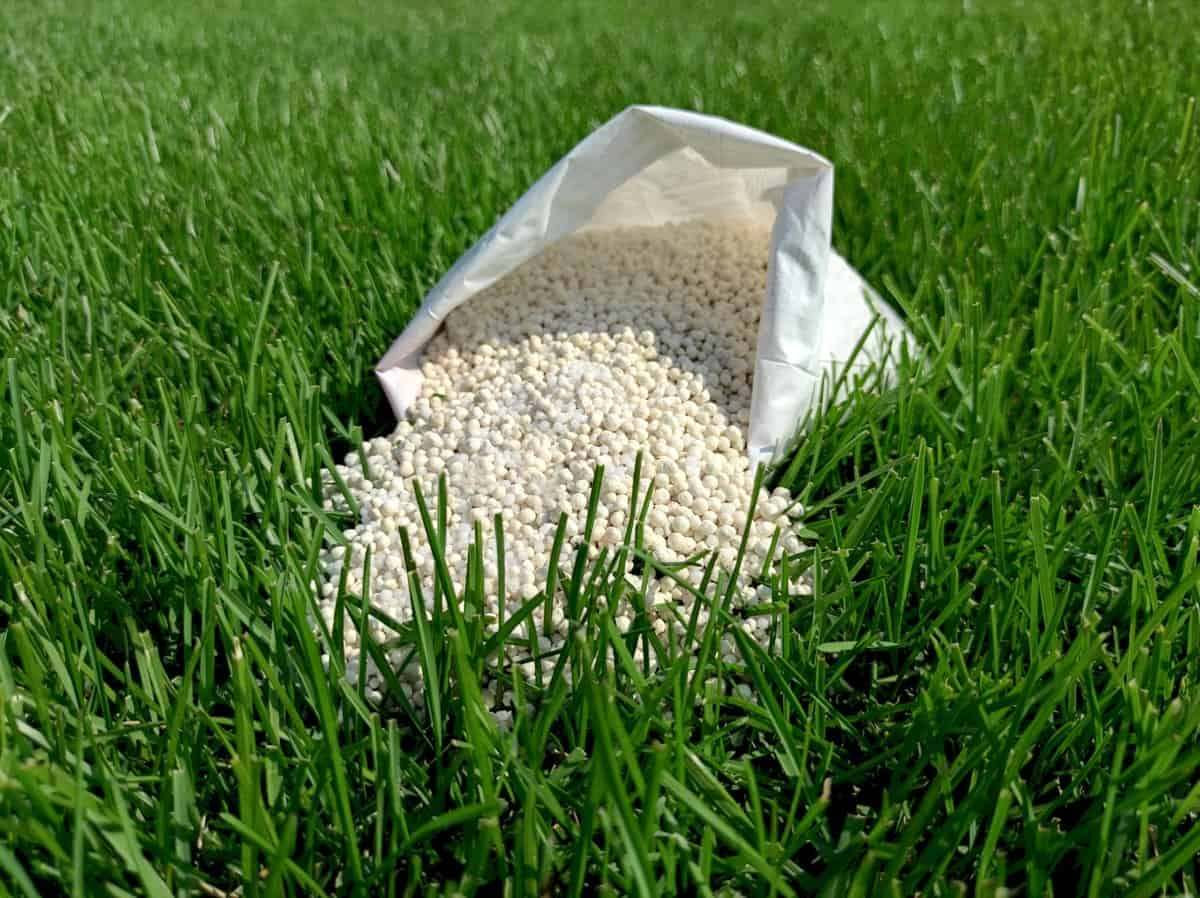
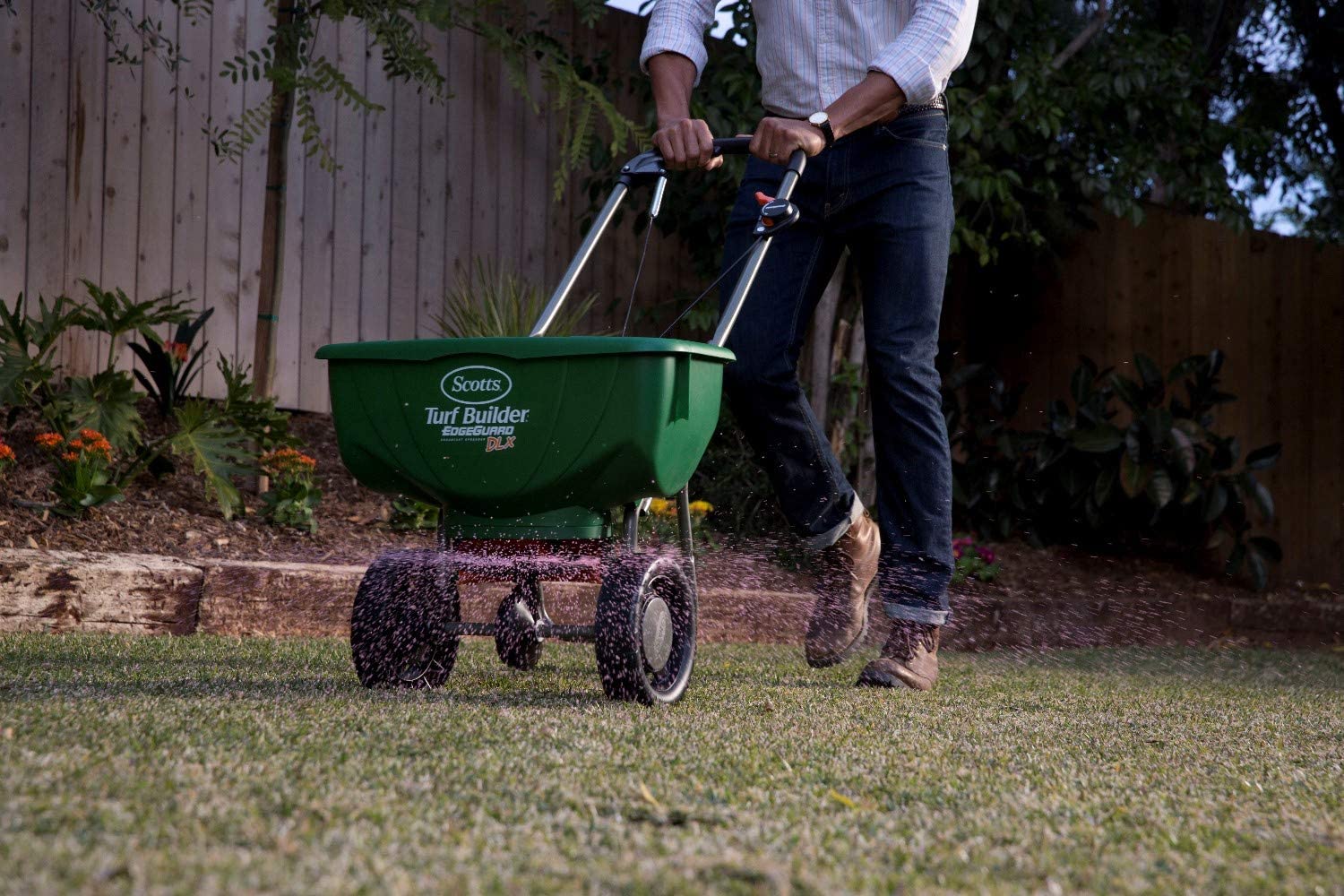

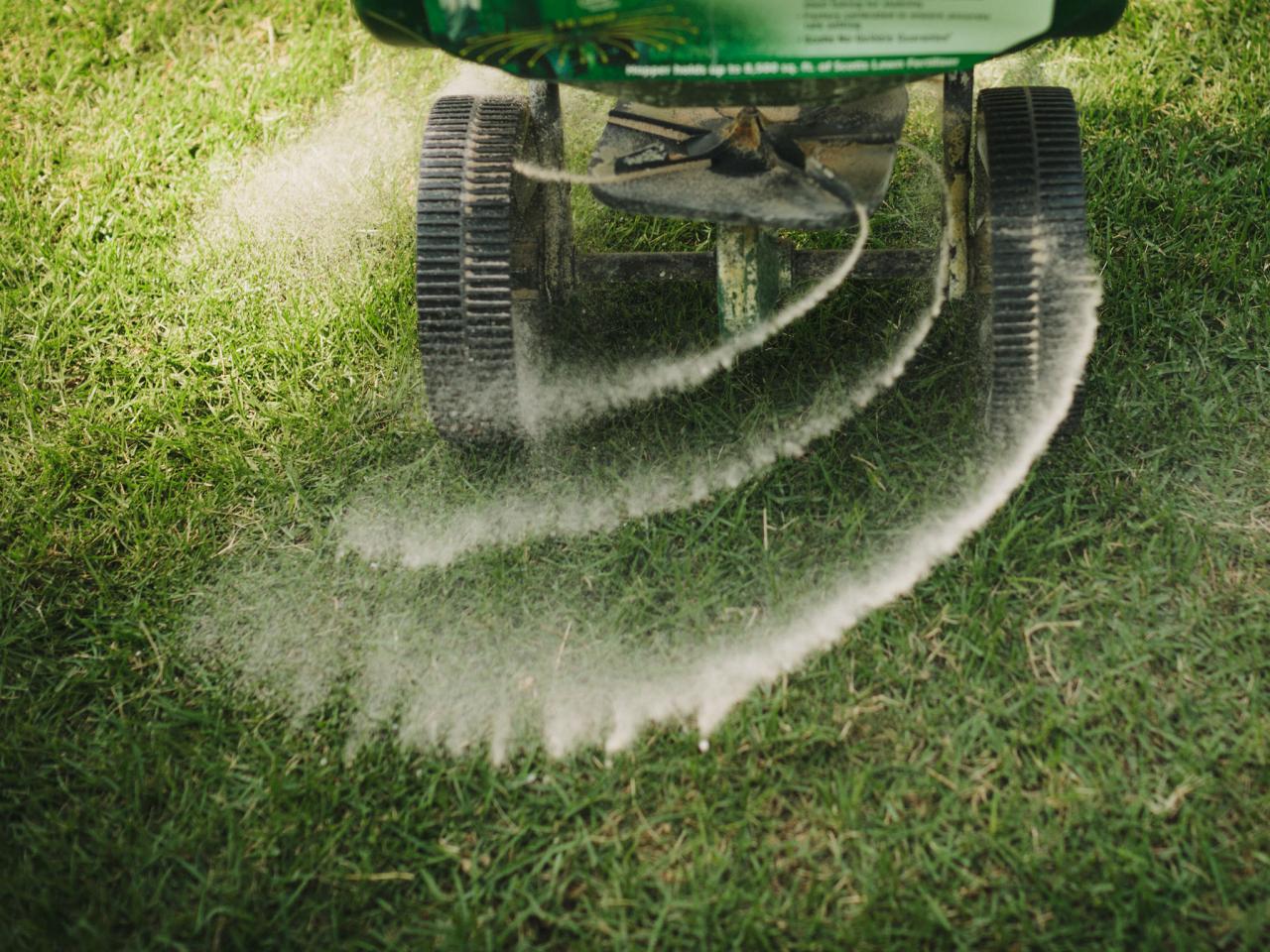
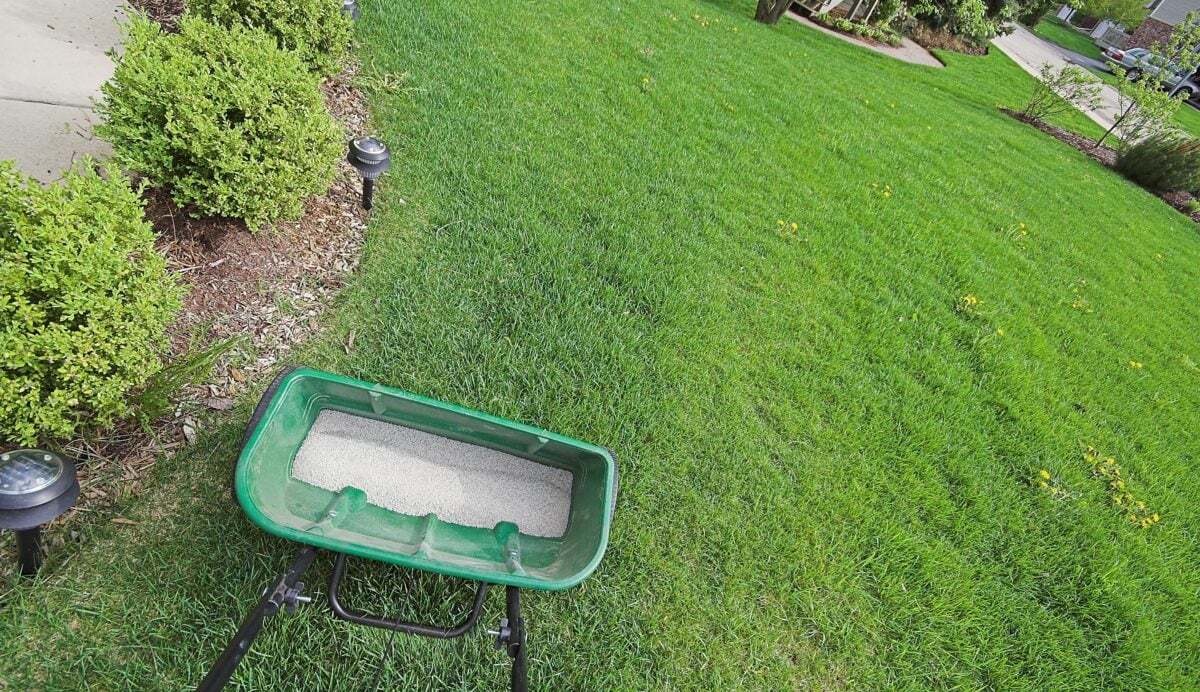
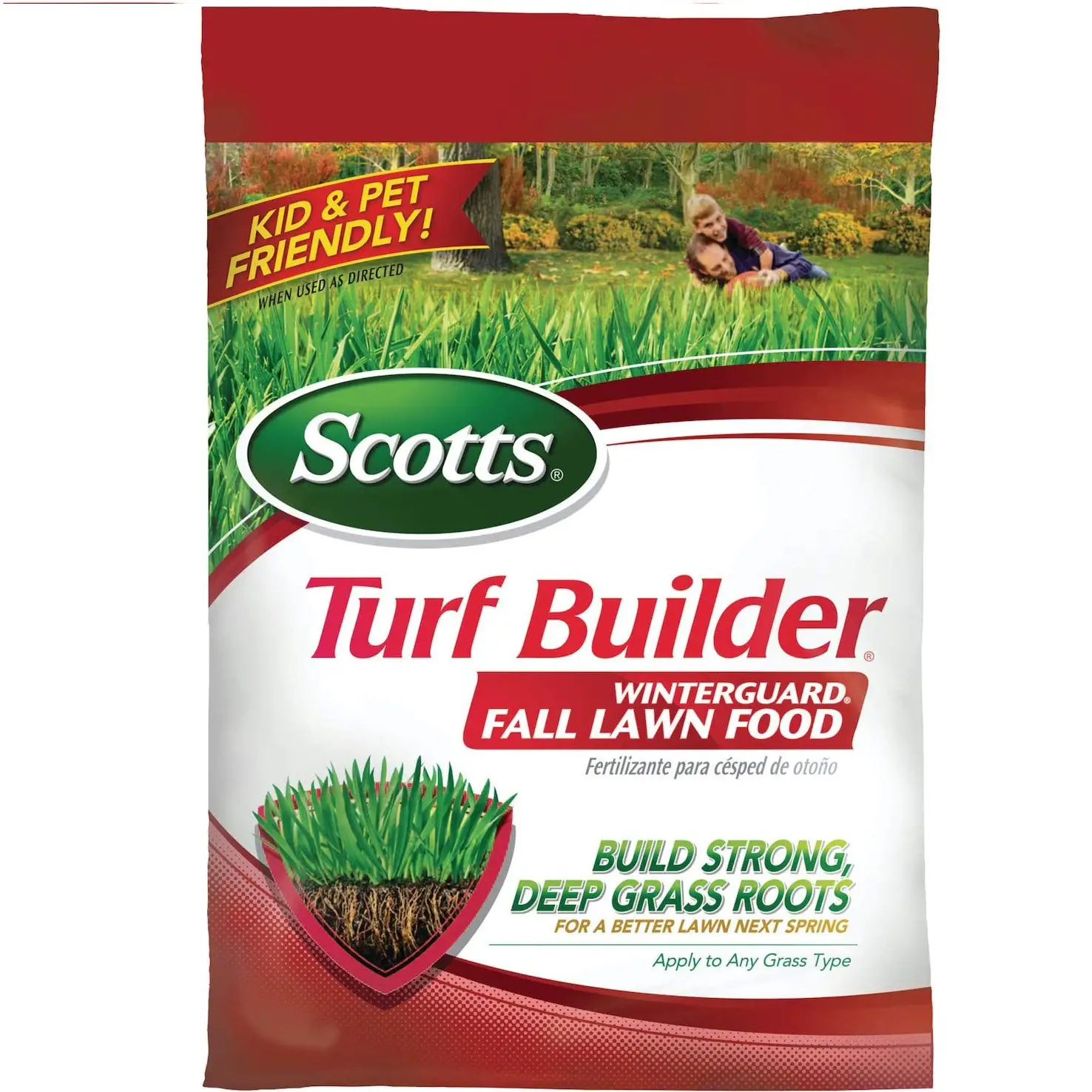
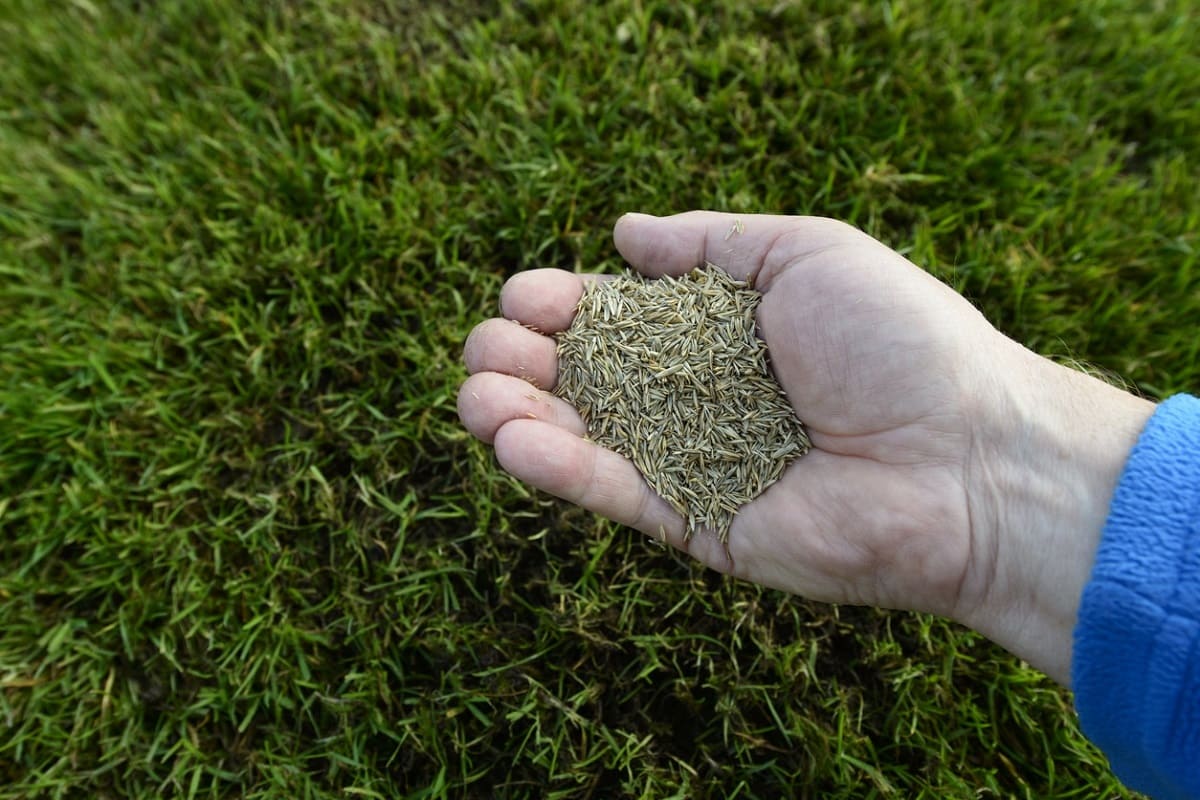
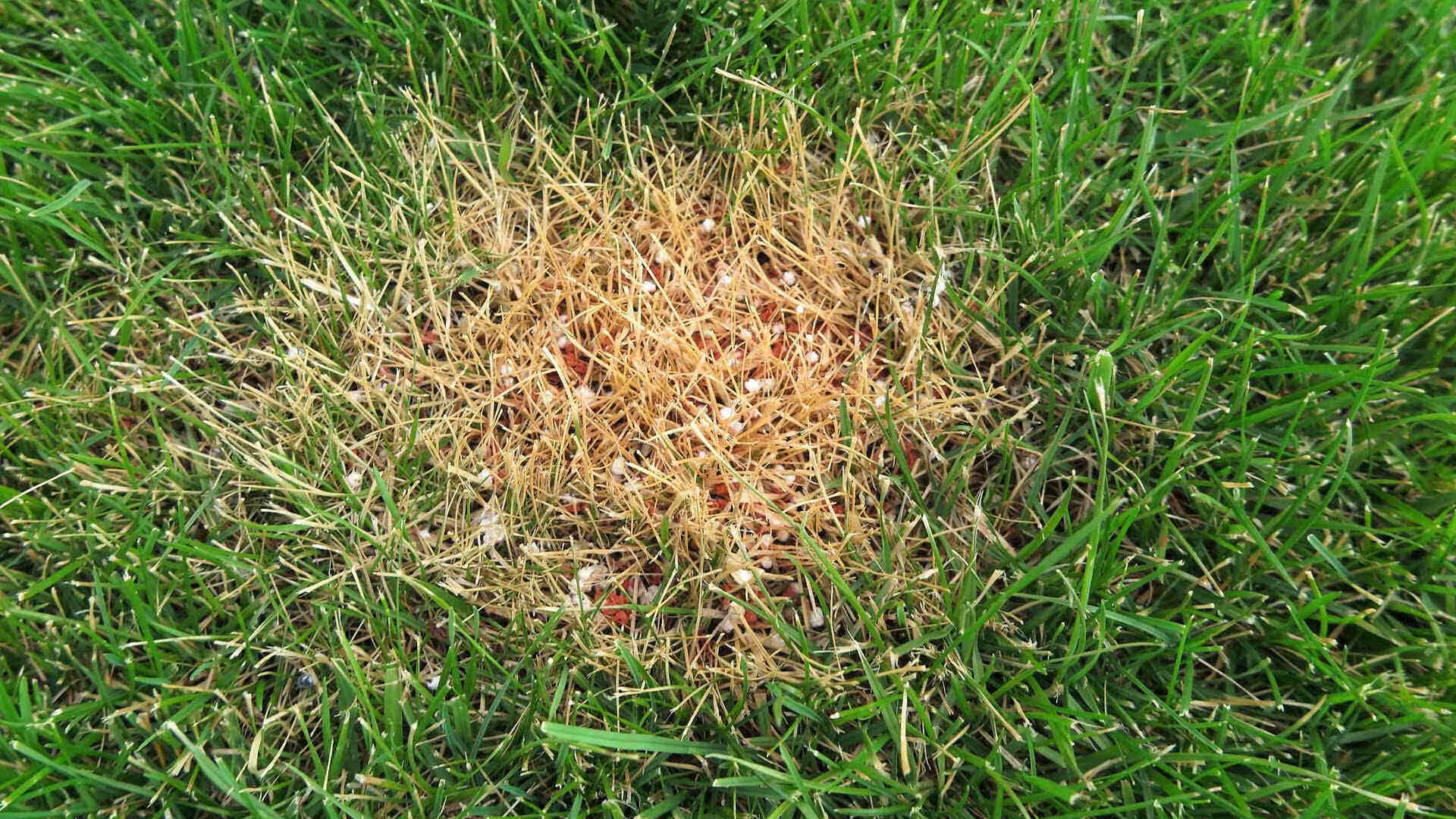
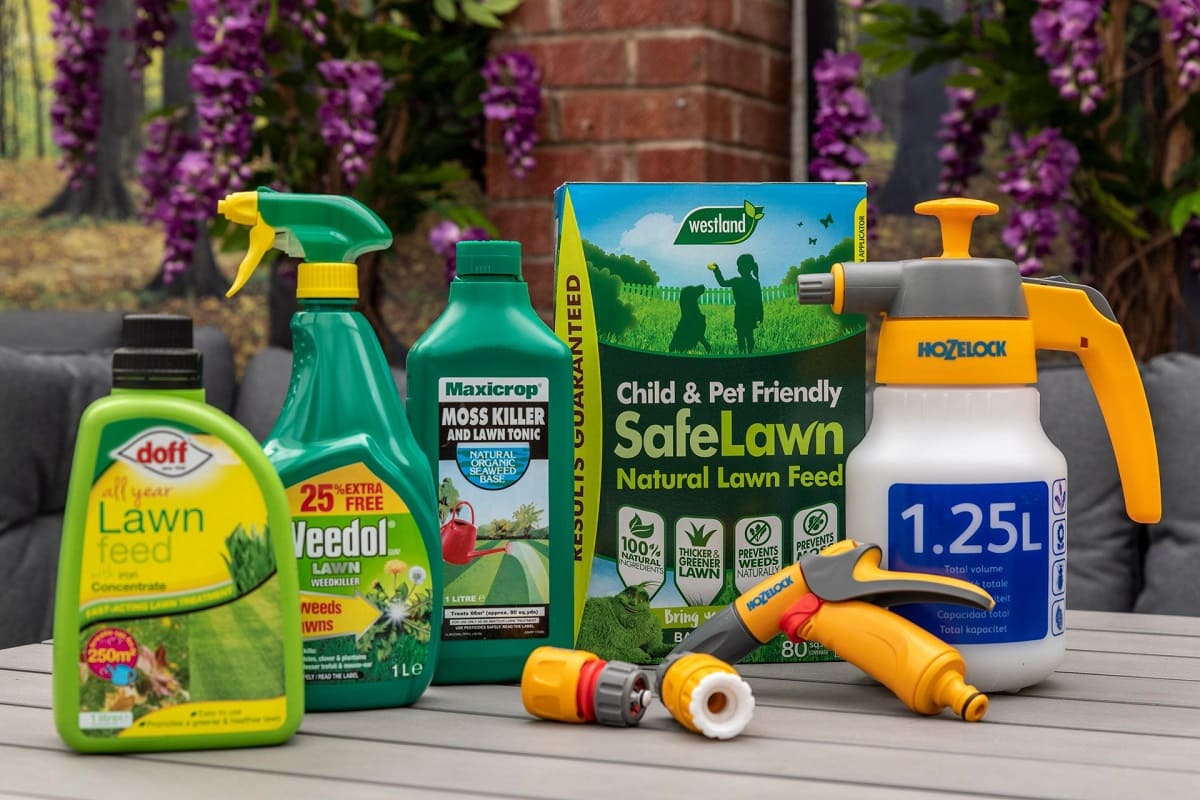
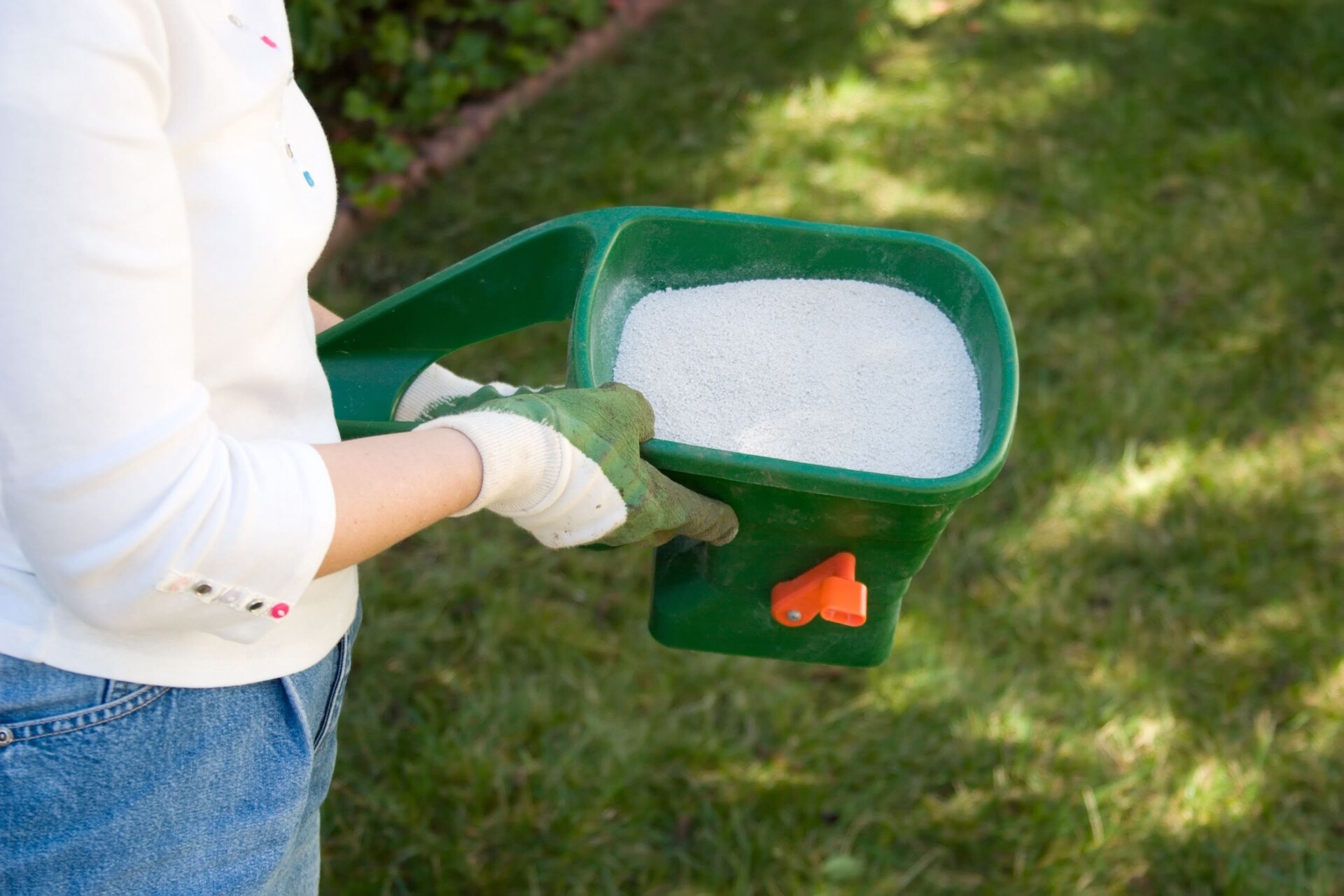



0 thoughts on “What Is The Best Lawn Grass Fertilizer”